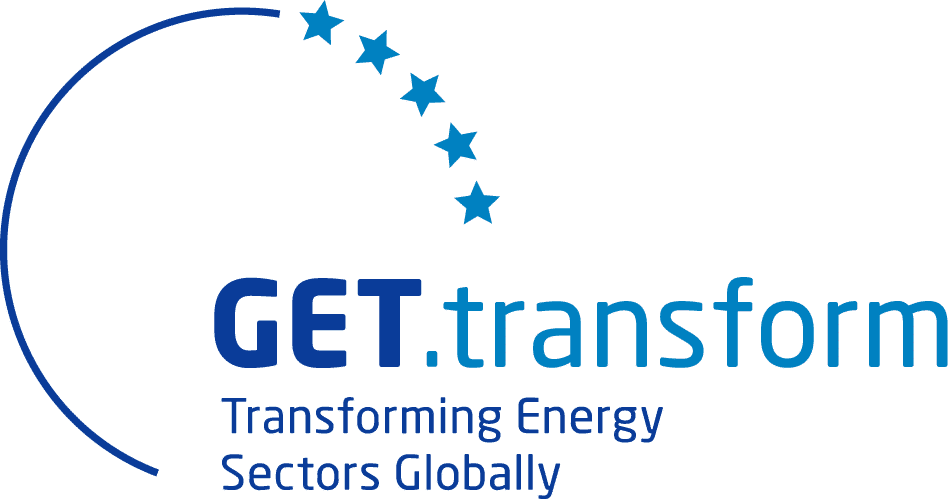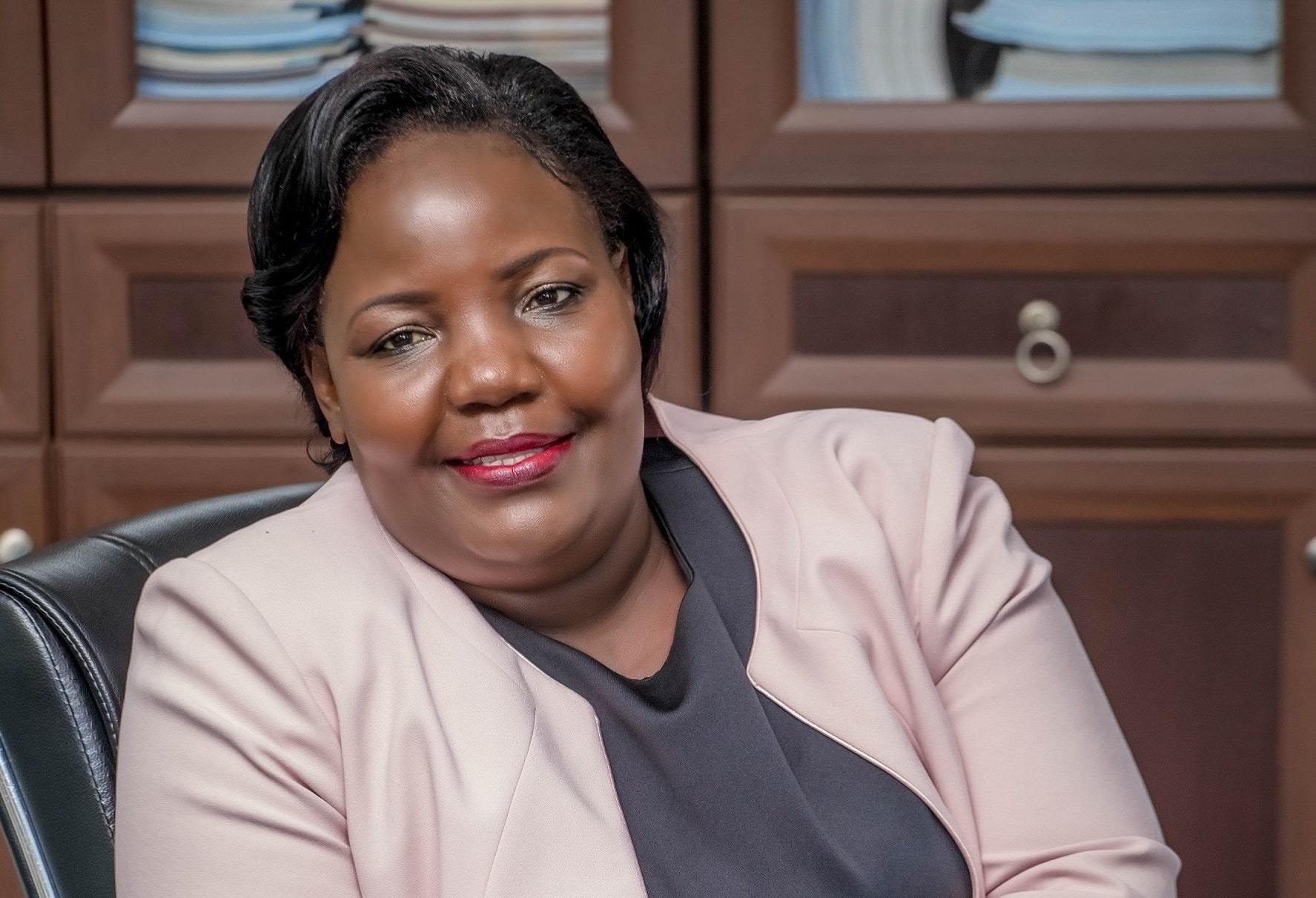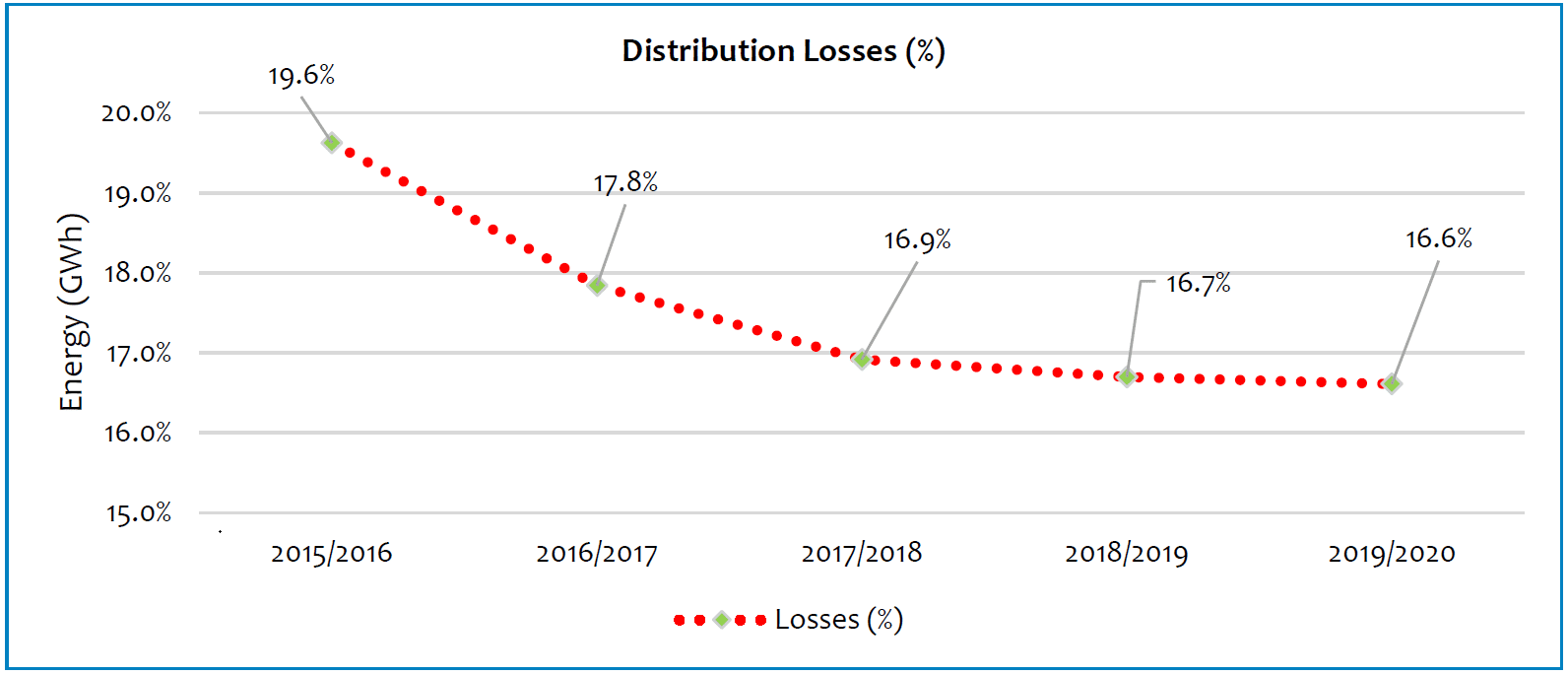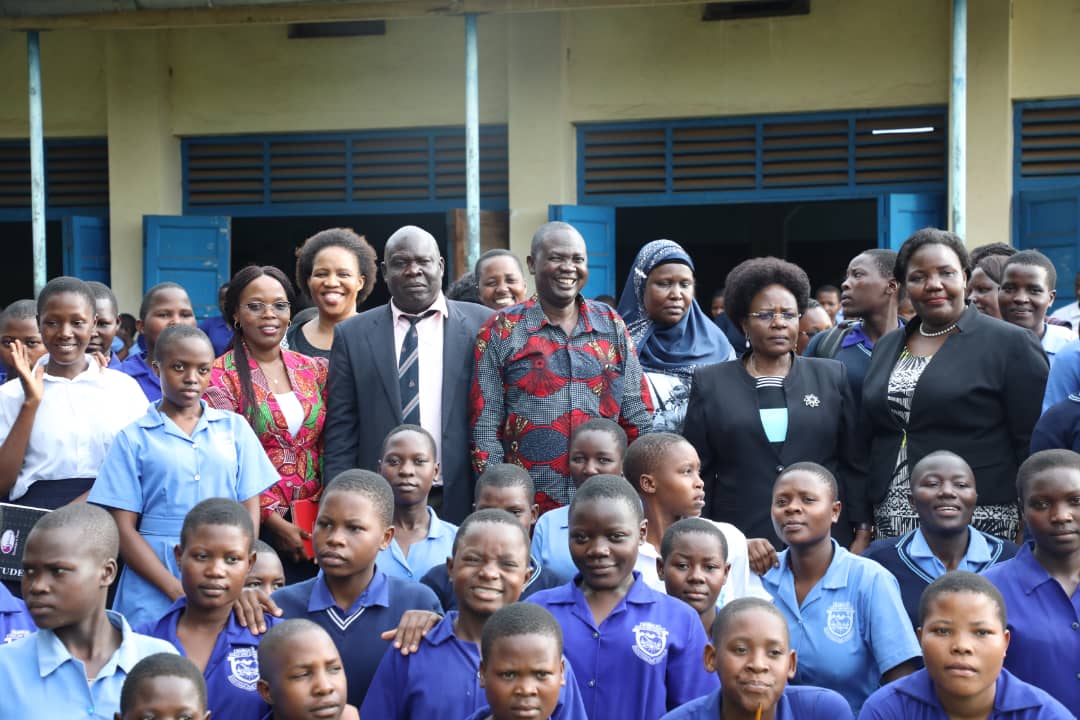GET.transform supports the Ugandan Electricity Regulatory Authority (ERA) in developing frameworks for isolated grid systems. Enabling financial viability and investment security, the frameworks target scaling up of mini-grids and spurring private sector participation. In order to further explore the proactive approach ERA takes in supporting the achievement of universal electrification, GET.transform was thrilled to interview the authority’s CEO, Eng. Ziria Tibalwa Waako.
Congratulations to achieving the top spot in AfDB’s Electricity Regulatory Index for the third year running! What do you see as the key strengths Uganda shows in electricity regulation that stand out in the region?
The successes of the Electricity Supply Industry (ESI) in Uganda are greatly attributed to the enactment Electricity Act 1999 and institutional arrangements that facilitated introduction of a strong and independent regulation of the sub-sector and eventual inflow of private investment.
Driven by the desire to overcome the electricity supply challenges faced by the ESI at the time, attracting and facilitating private investment was a pertinent strategy amidst a constrained government resource envelop. This necessitated designing strategies to make the ESI financially self-sustaining in a way that leverages customer payments to attract private capital in a sustainable manner. In order to achieve this, a strong and transparent tariff management strategy was put in place to ensure that electricity prices are efficient and cost reflective so as to enhance customer and investor confidence. We consider independence of the regulator and the tariff management strategy as the key strength responsible for our successes and the international recognition of our regulatory environment.
In addition, Uganda’s recognition has been informed by the country’s performance in implementation of renewable energy development as a result of the GET-FiT capacity development facility. Under the GETFiT framework, the Electricity Regulatory Authority developed and standardized licensing documentation including; licensing instruments, power purchase agreements, financial models, support agreements etc.
Where do you see room for improvement?
Growth in electricity access and tariff affordability are currently top on our agenda in as far as improving regulatory outcomes is concerned. Enhancing technical and operational efficiency and creating regulatory incentives for the same will go a long way in facilitating tariff affordability. Tariff affordability would, expectedly, promote productive use of electricity at household and commercial level and also spur industrial demand. In the end, demand growth will create and sustain a ripple effect for sustainable tariff competitiveness.
Further to the foregoing, a lot of investment is still required in the transmission and distribution network to deliver the increased power generated to the load centers. This investment is a priority for the electricity supply industry in order to support evacuation of the increase generation and in ensuring supply availability, reliability and supply security. It is our priority to enhance efficiency in investments so as to improve customer experience, tariff affordability, industrial competitiveness and social economic transformation.
Uganda’s Vision aims for universal electrification by 2040. ERA is actively working on creating an enabling environment for this goal. Which elements do you deem the most vital in the off-grid sector?
Universal access to electricity requires three major elements.
1. Clarity of policy on electrification options for different areas: Given that grid extension may not be the most financially viable and efficient mode of electrification to all areas in Uganda depending on distances and population density, achieving universal access shall require an optimal blend of off-grid electrification/development of isolated grids and stand-alone renewable energy systems (e.g., Solar Home System) in addition to grid extension. Therefore, a clear policy and electrification option mapping is central to an organized and fast-tracked journey to universal access to electricity.
2. Public-Private Partnerships in off-grid electrification: Given that there could be so many areas requiring off-grid electrification, private sector initiative is key to electrifying many areas in the shortest possible time. This requires a clear policy and strategy on investor attraction and identification of the right project developers to invest into and operate off-grid systems.
3. Policy on off-grid tariff harmonization: A pure cost-reflective tariff regime requires that tariffs will vary from one operation territory to another based on the associated cost structure, energy generation efficiency, sales potential and operational efficiency. Based on these factors, the cost-reflective tariffs for rural-based off-grid customers tend to be higher than average tariffs for their counterparts supplied by the main grid. However, given that social equity is key to building a sustainable electricity supply industry, an off-grid tariff harmonization and subsidy policy is key to achieving universal electrification by 2040. An equitable and harmonized off-grid tariff regime elicits political and social support which is required for successful electrification initiatives.
What role do you see for decentralised renewable energy solutions with regards to socio-economic development and rural industrialisation?
Firstly, there is a limit on the length that the grid can be extended specially to supply small loads in sparsely populated areas. At the same time, universal access to electricity is a goal that has been promulgated as a requirement for sustainable development. Therefore, decentralized renewable energy systems must be pursued to bridge the gap between the grid electrified areas and populations currently left out. More than 49% of Ugandan population currently have no access to clean energy. This highlights the extent of the electrification gap and the potential role of decentralized renewable energy systems. Electricity is required in rural areas for better health and educational services, agricultural value-addition. This is expected to spur enterprise development, to attract investment, to create employment and thereby bringing about socio-economic transformation.
As a critical vector for many SDGs, energy can provide more than mere access to electricity. How do you envisage progress towards gender equity in that context and what would you like to see change in order to have a greater share of women working in the energy sector?
Gender equity is very important in shaping policy perspectives and policy implementation. Therefore, gender mainstreaming in sector programmes is critical to building a sustainable electricity industry.
Traditionally, the participation of women in work and socio-economic activities was shaped and largely limited by traditional beliefs and customs. Today, as a result of girl child education initiatives and a number of other deliberate policy actions, women have been thrust into leadership and governance positions. As the ESI sector, we have deliberately leveraged current experiences to shape the aspirations of young women in and out of school.
We are aware that limited/lack of access to clean energy unfairly exposes women to a disproportionate socio-economic impact. Therefore, it is our deliberate initiative to attract women into the energy sector and also undertake inspiration and career guidance support to young women in schools. One such initiative is the “Women in Energy” campaign. The “Women in Energy” is an annual set of events where women working in the energy sector, from the top sector leadership to technical and other female staff, visit schools in different parts of the country to inspire and influence young women. The school campaigns target to address and demystify socio-economic and cultural barriers to education as well as attracting young women to career opportunities in the energy sector. Currently in its third year of implementation, “Women in Energy” is an initiative of the Electricity Regulatory Authority but drawing participation and support from the Ministry of Energy and Mineral Development and other energy sector institutions. The Authority has further provided for licensee capacity building and trainee programs with women constituting 40% of the beneficiaries.
ERA exhibits a highly motivated young team. What is it that inspires you as the manager of this dynamic mix of experts and what is your philosophy on building a successful organisation?
The major driver of our team is the shared vision and aspirations of the country and the role of the regulator in the electrification space. We strive daily to sustain the confidence and support the regulator enjoys from the electricity consumers who dig deep into their pockets to keep the sector running, the investors who mobilize resources of every kind to provide the electricity service and the government that has allowed the regulator reasonable space to take independent decisions that have enabled the sector achieve demonstrable milestones. We are cognizant of the regulatory challenges in other countries and we do not take ours for granted. This constitutes the regulatory challenge that inspires us to transcend the heights in regulation. We, in addition, strive to learn from the best globally, especially in the areas of renewable and climate-friendly technologies, tariff affordability, promotion of electricity access and grid reliability.
What is your vision for ERA’s work going forward? Do you see a contributing role for your authority in delivering a green recovery?
The opportunities ahead for regulation are immense in the post-Covid-19 recovery. The Covid-19 pandemic continues to alter the course of business and spur innovation to cope with the associated impact. Electricity will be an essential ingredient in recovering the lost growth and shaping the new normal. In addition, regulation is instrumental in promoting operational practices and financing technologies to drive efficiency and reliability of power supply services as part of a green recovery. For example, in trying to limit physical contact following the outbreak of Covid-19, utilities have adopted digital and online operations. These and similar initiatives require regulatory support.
In addition, the achievements made in the ESI notwithstanding, the industry is still nascent. Equally, there are numerous challenges to be overcome in order to provide the electricity required to enable the country achieve a middle-income status and beyond. There is need for adequate, affordable and sustainable electricity to support industrialisation, agricultural value addition, commercial enterprises and clean energy needs of households. It is our conviction that the opportunities and challenges of the electricity supply industry follow our successes in a manner akin to an inverted pyramid; the more success we achieve, the higher we leap as an industry the greater the opportunities to deliver and the more the challenges to surmount. Fortunately, our experiences continue to inform and drive our efficiency. We therefore expect to achieve greater and overcome the challenges with ease riding on the support of all our stakeholders.
So, YES, I envisage that the Electricity Regulatory Authority shall continue to play a great role in delivering a green recovery.






